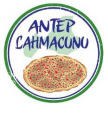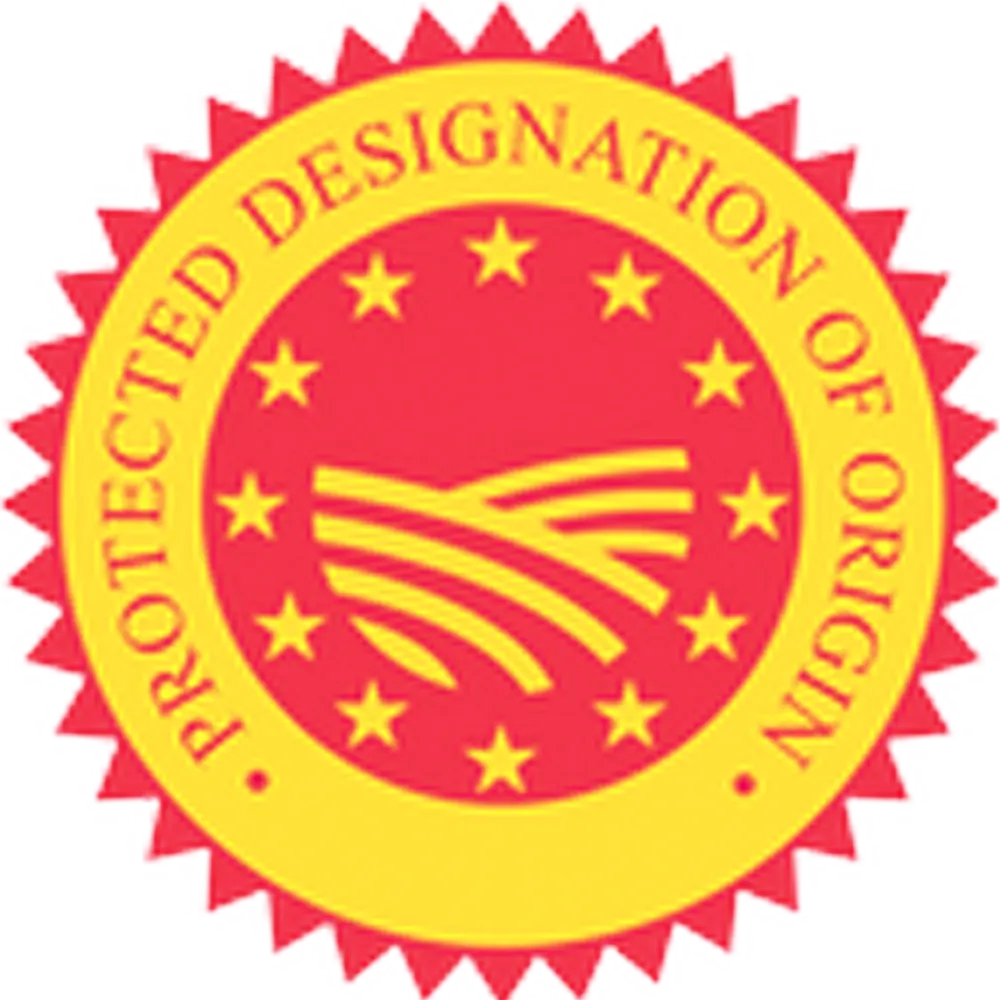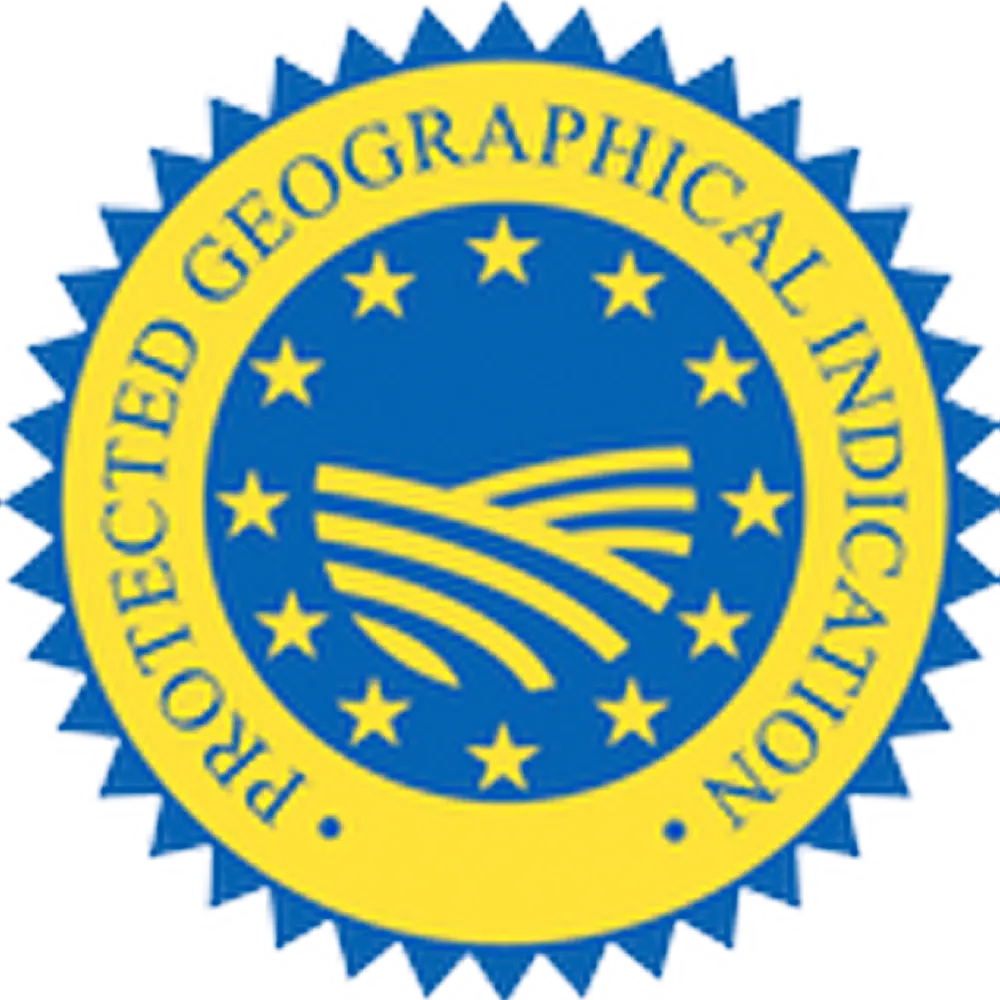Gaziantep Lahmacun Protected Geographical Indication
Monday, July 4, 2022
No: 236 – Protected Geographical Indication (PGI)
GAZIANTEP LAHMACUN (ANTEP LAHMACUN)
Registrant
GAZIANTEP COMMODITY EXCHANGE
This geographical indication was registered on 20.11.2017 to be protected as of 31.03.2017 under the Industrial Property Law No. 6769.
Registration Number : 236
Registration Date : 20.11.2017
Application Number : C2017/021
Application Date : 31.03.2017
Name of Geographical Indication : Gaziantep Lahmacun (Antep Lahmacun)
Product / Product Group : Lahmacun / Food and Soups
Type of Geographical Indication : Protected Geographical Indication (PGI)
Registrant : Gaziantep Commodity Exchange
Address of Registrant : Sanayi Mah. 60092 No'lu Sokak No: 15 Şehitkamil GAZIANTEP
Geographical Boundary : Gaziantep Province
Usage Format : Labeling

Product Description and Distinctive Features:
Lahmacun is made by placing the toppings (minced meat, parsley, onion, garlic and various spices) on the spread dough and then cooking in stone ovens. Lahmacun, a very old Anatolian food, is mentioned as "Lahm-ı Acin Pastry" in Evliya Çelebi's book Seyahatname in the 17th century. Although it is derived from the words lahm and ajin, meaning meat and dough in Arabic, it is a food that has been consumed for about 300 years in our country.
Lahmacun is consumed frequently in daily meals, ceremonies, funerals and picnics in Gaziantep. Gaziantep Lahmacun differs from other lahmacun in terms of ingredients and presentation. In Gaziantep Lahmacun, minced lamb, garlic, parsley, pepper and various spices are used. Unlike other types of lahmacun, it does not contain onions. According to the TSE K 199 standard applied for lahmacun, lahmacun should contain 35% minced meat, however, Antep Lahmacun should contain 55-60% minced meat. Gaziantep Lahmacun should be cooked in a stone oven. In addition, it is served with a roasted and peeled eggplant on it.

Production Method:
Preparation of the meat
For Antep Lahmacun, 12-14 months old male lamb meat is preferred. The slaughtered lamb carcasses are subjected to shredding after resting for 1-2 days. For Antep Lahmacun, the breast and rib parts of lamb are used. The fat ratio of the meat to be used should be around 20-24%. The nerve parts of the lamb meat are separated and cut into 8-10 cm pieces. A meat grinder should never be used to mince the meat used for Antep Lahmacun. With a knife called zirh (chopping knife), the shredding process is carefully done by hand. At this stage, an average of 18-20 grams of salt is added for 1 kg of meat. The salt addition makes the meat easier to break down. Thus, the meat is not crushed as it is pulled in a meat grinder.
Making the dough
In Lahmacun dough, special purpose pita flour should be used. Flours to be made into Lahmacun should be kept in the warehouse for 10-15 days after production. The flour is sifted first and then taken into the kneading bowl. A smooth white dough is obtained by adding the amount of water prescribed by the baker. Then, 0.5-1.0% by mass of baker's yeast and 0.75-0.90% by mass of salt is added for 100 kg of dough. The resulting dough is kneaded well and left to ferment for 30 minutes. The dough, which is now kneaded and rested for 30 minutes, is cut into approximately 100 grams each on the same day and made ready for making lahmacun.
Preparation of the toppings
The products used in the production of Antep Lahmacun differ seasonally. In addition to the minced meat prepared in the previous step, pepper, parsley, tomato, garlic and spices are added to the mixture. Pepper varieties grown in Gaziantep, such as Antep Pepper, are used primarily in seasons other than winter, and in winter, the same amount of pepper paste is used instead of these pepper varieties. The specified amounts of pepper, tomato, garlic and parsley are chopped using a chopping knife. Various spices such as black pepper and paprika are optionally added. All components are mixed with the minced meat. 5-10 grams of salt is added for 100 kilograms of lahmacun mixture and mixed.
Preparation of Antep Lahmacun
2 pieces of lahmacun are obtained from each piece of dough divided into 100 grams. The piece of dough to be made into Lahmacun is placed on the counter. Some flour is sprinkled on the counter to prevent sticking. With a dough roller, the dough is rolled out to a thickness of 3 mm. When the dough is opened, it should not tear and should have a smooth and homogeneous texture. The previously prepared toppings should be laid out evenly on the rolled dough. 90-100 grams of lahmacun mixture is added to 50-55 grams of lahmacun dough. The toppings and the dough surface should meet in such a way that there are no free spaces. Lahmacun is now ready to be cooked.
Cooking Antep Lahmacun:
The prepared lahmacun is put into the stone oven with the help of a cooking shovel. The ovens used can be original stone ovens or natural gas integrated stone ovens. The temperature in the oven should be between 300- 350°C. Cooking time is 3 to 4 minutes. During the cooking time, the lahmacun artist can control and change the place of the cooked product in order to ensure that the dough is cooked evenly. After the cooking process is completed, the lahmacun is ready for consumption. It is served hot. It can be served with ayran and various greens. Serving it with a roasted eggplant is unique to the region.
The Production, Processing and Other Transactions to be Performed within the Geographical Boundary:
The special elements necessary for the preparation of Antep Lahmacun are identified with the province of Gaziantep. First of all, the meat to be used for the product must have the necessary characteristics and the ready-to-cook product must contain 50-55% meat by mass. In addition, meat grinders should not be used, meat should be minced using chopping knives. A stone oven should be used to cook Antep Lahmacun. When presented to the consumer, it should be served with roasted eggplant. Finally, the raw material properties to be used in the production of the product, the processing and the cooking techniques of the product should be made in accordance with the production of Antep Lahmacun.
Inspection:
Inspections are carried out under the coordination of Gaziantep Commodity Exchange by a supervisory authority consisting of 5 people from Gaziantep Gastronomy and Tourism Association, Gaziantep Chamber of Pide Producers, Bagelmakers and Yufka Makers, Gaziantep Provincial Directorate of the Ministry of Food, Agriculture and Livestock, Gaziantep Restaurants, Kebab Shops, Pastry Shops, Pastry Shops and Baklava Shops. Inspections will be done on an annual basis. It can always be done whenever needed or upon complaint. In the inspections, the following parameters will be taken into account in order for the product to be accepted as Antep Lahmacun.
-The ready-to-cook raw Antep Lahmacun should weigh 150-155 grams.
-The Antep Lahmacun dough should weigh 50-55 grams.
-Toppings for 1 Antep Lahmacun should weigh 95-100 grams.
-Lamb meat (minced) must be prepared with a chopping knife and must correspond to at least 50% by mass of 1 lahmacun.
-The mixture used as the topping of Antep Lahmacun should have 11-14% parsley, 10-12% tomatoes, 9-11% garlic, 8-10% pepper, 0.75-0.90% black pepper and red chilli pepper (optional).
-The lahmacun, which will be made from an average of 50 grams of dough, should be 34-36 cm in length and 20-22 cm in width. Dough thickness should be 3 mm. max.

Original text from ci.gov.tr.












